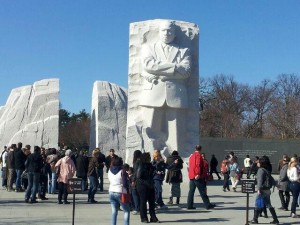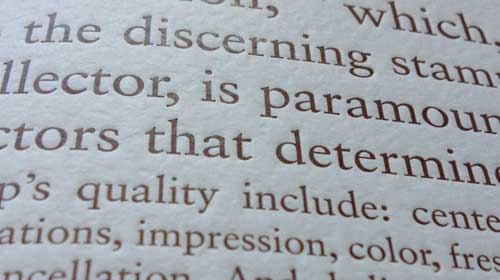 Recently,
we wrote a post about what it’s like to work remotely. We thought it
might be interesting for you to hear from our staff members. So here are
some of their experiences.
Recently,
we wrote a post about what it’s like to work remotely. We thought it
might be interesting for you to hear from our staff members. So here are
some of their experiences.
Clare LaVergne
What I like about working remotely: It’s a tie between the flexibility of hours and avoiding rush-hour commutes.
What I dislike about working remotely: Being alone at home most of the time.
Carol Stroud
What I like: Making my own hours is great since I’m not a morning person. And I love not having to commute; I do not miss Metro.
What I dislike: I haven’t established a structure for my day, so I’m left feeling that my workday has no real end. And I miss having people around to talk to.
Mike Owens
What I like: Not having to worry about a morning commute to an office and evening commute home.
What I dislike: Hmm. Oddly, I had to think about this one for awhile. I guess the default answer
is lack of contact with colleagues, but that’s not really it. It’s
related to it, but it has more to do with not getting a sense for the
kinds of things others are working on and getting a sense for the bigger
picture of our work.
Sidney Brown
What I like: I’ve been working from home full-time for eight years.
Recently I’ve become willing to learn new technologies and to find the
answers to my own computer related questions online.
What I dislike: I hate filing; I have to be more disciplined with a
home office or my personal piles and my work piles can get all jumbled
together.
Frank Millikan
What I like: I like the convenience of not having to commute to work on a daily basis.
What I dislike: I don’t like not having the option to go into work—to
get out of the house, to see colleagues, to vary the routine. In short,
the social isolation is a big drawback.
Laurie McClellan
What I like: Saving two hours a day and tank of gas a week by not commuting.
What I dislike: Snacks never appear magically on my kitchen table, the way they did at the office!
Paula Mashore
What I like: The best thing about a virtual office is being able to work
from any remote location with a good Wi-Fi connection…whether that’s
from home, a coffee shop, or while visiting parents on the other side of
the country.
Another “best thing” is being able to construct my own work space,
which includes regulating the temperature, opening a window, sitting in a
room with lots of light, privacy for work calls, and communicating with
colleagues for work and occasionally for pleasure on gchat, in lieu of
creating or enduring a lot of office chatter.
What I dislike: The hardest thing about a virtual office is figuring
out how to efficiently replicate some of the support features of a
traditional office, things like: Do I need a laser printer or is my HP
going to be sufficient? How often will I need to order which supplies
from our office account? Where will I go to shred the confidential
materials I create? How do we create expense reports with our new
on-line system? How do I best work with our tech people when I have
issues with our databases or my computer?



 Recently,
we wrote a post about what it’s like to work remotely. We thought it
might be interesting for you to hear from our staff members. So here are
some of their experiences.
Recently,
we wrote a post about what it’s like to work remotely. We thought it
might be interesting for you to hear from our staff members. So here are
some of their experiences. In late February,
Yahoo CEO Marissa Mayer made waves by changing her company’s policy on
telecommuting. Remote employees, reported Kara Swisher of
In late February,
Yahoo CEO Marissa Mayer made waves by changing her company’s policy on
telecommuting. Remote employees, reported Kara Swisher of  Recently, PhotoAssist helped develop the U.S. Postal Service’s new
Recently, PhotoAssist helped develop the U.S. Postal Service’s new  If facts don’t matter,
then Dewey defeated Truman. No one was living in America when Columbus
discovered it in 1776! We’re celebrating because the Ravens scored 1,000,000 points against the 49ers on Super Bowl Sunday!
If facts don’t matter,
then Dewey defeated Truman. No one was living in America when Columbus
discovered it in 1776! We’re celebrating because the Ravens scored 1,000,000 points against the 49ers on Super Bowl Sunday!